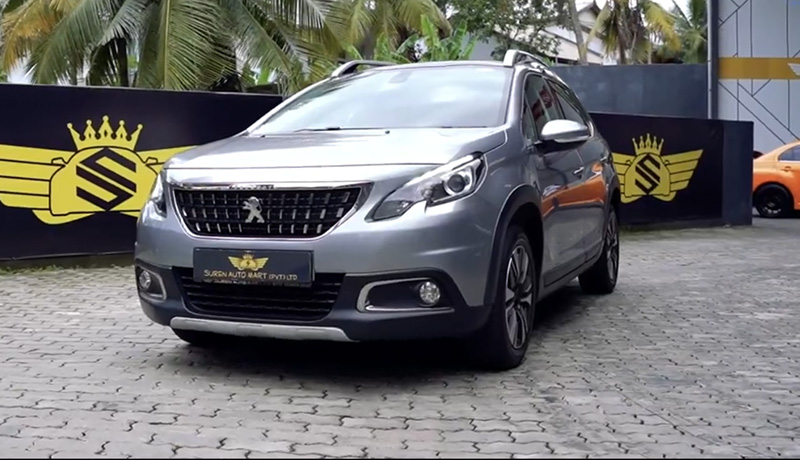Peugeot 2008 Buyer's guide review
Overview
Peugeot 2008 is a subcompact 5-door crossover SUV, manufactured by the French automaker Peugeot since 2013. It has gained popularity since its introduction due to its stylish design, practicality, and advanced features this vehicle has. It was meant to replace the Peugeot 207 SW vehicle, as Peugeot did not release an SW version of its 208.
The first generation of Peugeot was unveiled at the 2013 Geneva Motor Show, marking the entry of Peugeot to the subcompact crossover market. It was built using the PSA PF1 platform, and the initial lineup included a range of petrol and diesel engines such as the 1.2-liter PureTech petrol engine and the 1.6-liter BlueHDi diesel engine. In 2016, it received a new facelift with a new front grille, updated headlights, and additional technological enhancements.
The second generation of the Peugeot 2008 was revealed in 2019 and had a significant evolution from its first generation. It had a more aggressive and modern design with sleek LED headlights. It was designed with a higher ground clearance, making it a more SUV-like vehicle. The second generation also introduced an all-electric version named e-2008, with a 50kWh battery (136 hp, 260 Nm), to mark Peugeot's contribution to electric mobility and sustainability.
Overall, the Peugeot 2008 is a stylish compact SUV that offers a range of practical features, enhancing performance and safety, making it a popular choice in the market.
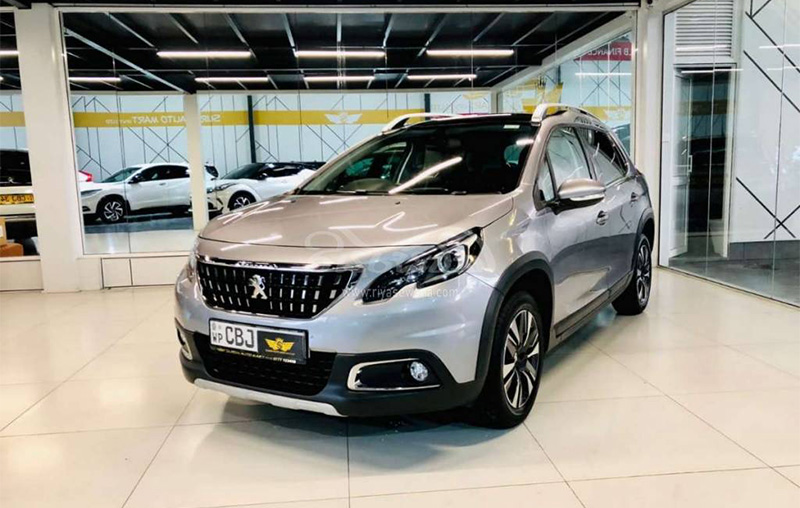
Figure 01: Peugeot 2008 first generation SUV
Engine and Performance
The Peugeot 2008 is available with a range of petrol and diesel engines, as well as an all-electric variant. The petrol engines normally include 1.2-liter turbocharged three-cylinder units, while the diesel variants normally have 1.5-liter four-cylinder engines. They can be equipped with either automatic or manual transmission, depending on the engine model. Peugeot 2008 is normally a front-wheel-drive vehicle, but an all-wheel-drive option may be available in some markets.
The 1.2-liter PureTech turbocharged petrol engine model comes in 100, 130, and 155 variants. These variants are named according to their respective horsepower. The PureTech 100 variant creates a maximum power of 100 hp and a maximum torque of 205 Nm. It has a 6-speed manual transmission system, which offers sufficient performance for everyday driving with a balance of power and fuel efficiency.
The PureTech 130 variant creates a maximum power of 130 hp and a maximum torque of 230 Nm. It can have either a 6-speed manual or an 8-speed automatic transmission depending on its generation. It is a more powerful version of the 1.2-liter engine with better acceleration and performance. The PureTech 155 variant creates a maximum power of 155 hp and a maximum torque of 240 Nm. It has an 8-speed automatic transmission system, and offers sporty performance with powerful acceleration, making it the best petrol engine option available.
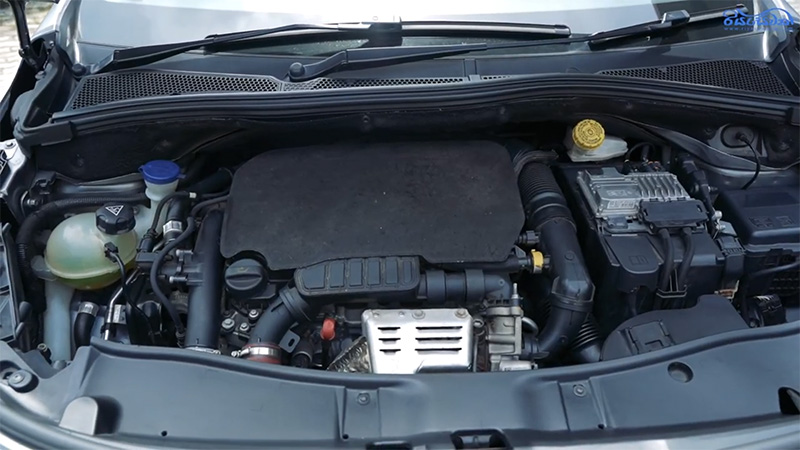
Figure 02: The engine compartment of a 1.2-liter, PureTech inline 3-cylinder Peugeot 2008 SUV
The 1.5-liter diesel engines also have two different variants called BlueHDi 110 and BlueHDi 130. BlueHDi 110 engine creates a maximum power of 110 hp with a maximum torque of 250 Nm and has a 6-speed manual transmission system. The BlueHDi 130 engine offers a maximum power of 130 hp with a maximum torque of 300 Nm and has an 8-speed automatic transmission system.
If we consider the performance of this vehicle, it has a MacPherson suspension system in the front and a torsion beam suspension system in the back. They effectively absorb bumps and road imperfections to provide a smooth ride. The petrol engines of the Peugeot 2008 have an average fuel consumption rate of about 5.8 to 6.2 L/100 km, while the diesel engines have an average fuel consumption rate of about 4.2 to 5 L/100 km. All these engines and designed to balance performance with fuel economy and to excel in long-distance fuel efficiency. The ventilated disc brake in the front and the solid disc brakes in the back guarantee the stopping power of this vehicle in various driving conditions. You can achieve a maximum speed ranging from approximately 188 km/h to 208 km/h, depending on the engine variant of this vehicle.
Exterior Design
The Peugeot 2008 has a stylish, distinctive, and bold exterior, which gives the vehicle a confident and modern appearance. It has a large, frameless front grille with chrome accents, which varies slightly depending on the trim level of the vehicle. The sharp LED headlights give this vehicle a modern and aggressive look. They have the Peugeot's signature "claw" design, which adds a unique touch while enhancing the visibility. The integrated fog lights and the air intakes are located in the front bumper, and the three-claw LED daytime running lights add a unique visual element to the vehicle.
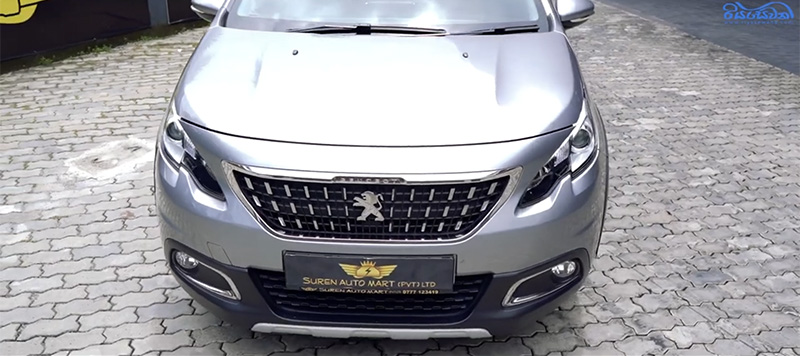
Figure 03: The front exterior view of the Peugeot 2008 first generation SUV
If we consider the side profile of this vehicle, it has sharp body lines that enhance the vehicle's athletic stance. It has electrical winker mirrors that can be adjusted electronically to provide optimal visibility. The Peugeot 2008 comes with a range of alloy wheel designs that vary from 16 to 18 inches, depending on the trim level. The vehicle has a slightly sloped roofline, but it won't affect the headroom of its passengers. And to improve the ventilation of the vehicle, it has a panoramic sunroof with a retractable sunshade. Both the front and rear doors of the Peugeot 2008 have a good opening radius, providing easy access and exit from the vehicle.
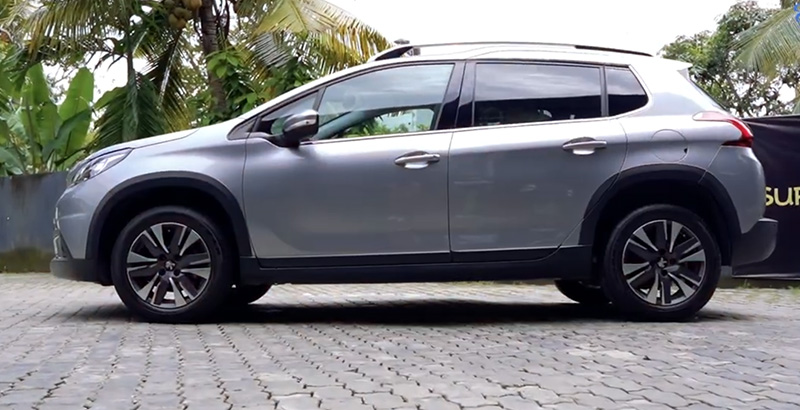
Figure 04: The side profile of the Peugeot 2008 first generation SUV
We can see the signature three-claw LED taillights in the back of this vehicle, along with a roof-mounted spoiler that gives it a sporty touch. The Peugeot 2008 offers a practical boot space of 434 liters with the rear seats in the upright position. And when the rear seats are folded down, it can be increased to 1400 liters. Its flat floor and the loading lip make it easier to load and unload items. Depending on the trim level, Peugeot 2008 comes with a manual tailgate or an electrically powered tailgate. Some models also provide hands-free operation, allowing the user to open the tailgate by waving the foot under the rear bumper.
The Peugeot 2008 has a modern and sleek exterior, making it both a practical and visually appealing vehicle.
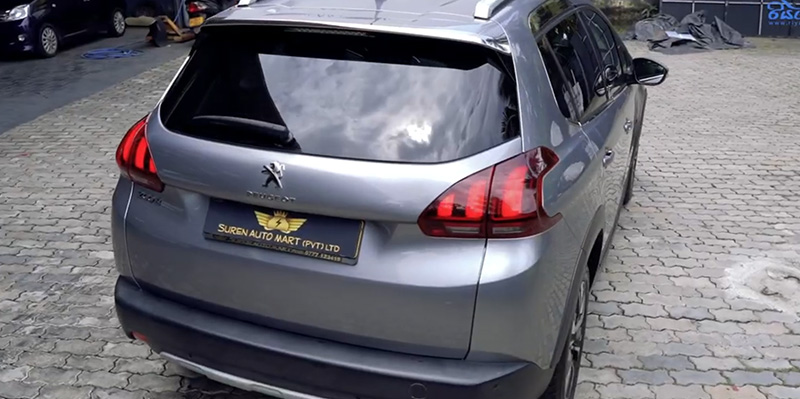
Figure 05: The rear exterior view of the Peugeot 2008 first generation SUV
Interior Design
The Peugeot 2008 has a modern and sophisticated interior design, blended with advanced technological features. High-quality materials are used throughout the cabin, with soft-touch plastics, leather, and metal accents to provide a premium feel. All the controls are placed within the reach of the driver, and the innovative i-Cockpit design with a compact steering wheel, raised instrument panel, and a central touchscreen. It was designed to provide an engaging driving experience. The raised digital instrument panel minimizes the need to take the driver’s eyes off the road.
The seats in the Peugeot 2008 are well-cushioned and comfortable, offering lumbar support and heating options for the front seats. It has good headroom and legroom available for all its passengers, making it the practical choice for a family. If we consider the climate control system, the 2008 comes with manual air conditioning as standard, while higher trims offer dual-zone automatic climate control for the driver and the front passenger. It has several storage compartments, including a glovebox, door bins, and a center console with cup holders and additional space.
The Peugeot 2008 features a hybrid gauge cluster, combining manual odometer and speedometer readings with a high-resolution digital display in the center, known as the i-Cockpit 3D. This display provides all relevant information, such as speed, navigation, driving modes, and other vehicle data. The central infotainment system varies in size from a 7 to a 10-inch touchscreen display, depending on the trim level. Overall, the Peugeot 2008's interior offers a combination of comfort, technology, and practicality, making it a compelling option in its segment.
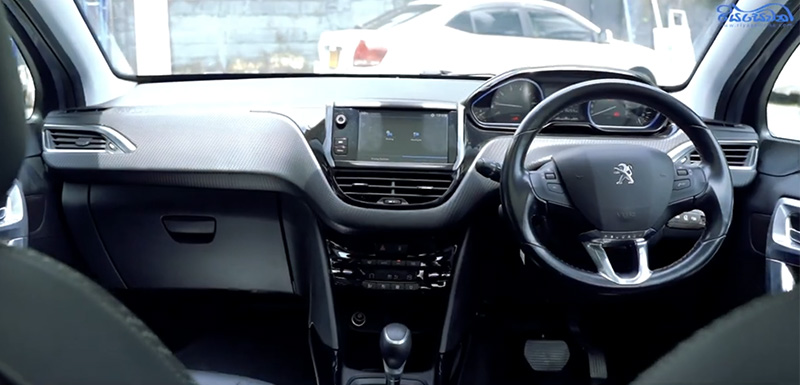
Figure 06: The front interior view of the Peugeot 2008 first generation SUV
Driving Experience
The driving experience is one of the key selling points of the Peugeot 2008. It offers a comfortable and agile driving experience with its sporty and responsive steering wheel, well-tuned suspension system, and advanced safety features. With the 10.4-meter turning radius, it handles corners with confidence, making the vehicle maneuverable in U-turns and tight spots. While the suspension systems absorb the road imperfections well, the seats provide comfort to the passengers with their supportive design.
It has eco, normal, and sport driving modes to optimize fuel efficiency, balanced driving experience, and enhance the throttle response to provide a more dynamic experience. The cabin of the Peugeot 2008 is well-insulated from road and wind noise, providing a quiet and refined driving experience. The brakes are responsive and easy to modulate, giving the driver confidence in many driving conditions. The vehicle is stable and planted on the road, it handles high speeds and sudden maneuvers with confidence. It also features parking sensors, a reverse camera, and automated parking assist to make it easier.
If we consider the safety features this vehicle has to offer, it has multiple airbags including front, side, and curtain airbags, providing protection to all occupants in the vehicle. It also has three-point seat belts and Isofix child seat mountings to provide further protection to its passengers. Active safety features like ABS, electronic brakeforce distribution, traction control, lane keeping assist, and blind spot monitoring provide steering assistance to keep the vehicle within its lane, enhancing stability and steering control. With its well-designed structure and 360-degree cameras, the Peugeot 2008 offers excellent visibility in both day and night.
In conclusion, the Peugeot 2008 is a well-rounded subcompact crossover SUV that combines design and advanced technology to provide practicality and style.
As of July 2024, the average international market price for the Peugeot 2008 ranges between 14 million LKR and 36 million LKR, depending on its trim. You can find the latest price with more details and cars of this model for sale from the following link Peugeot 2008 Latest Price
